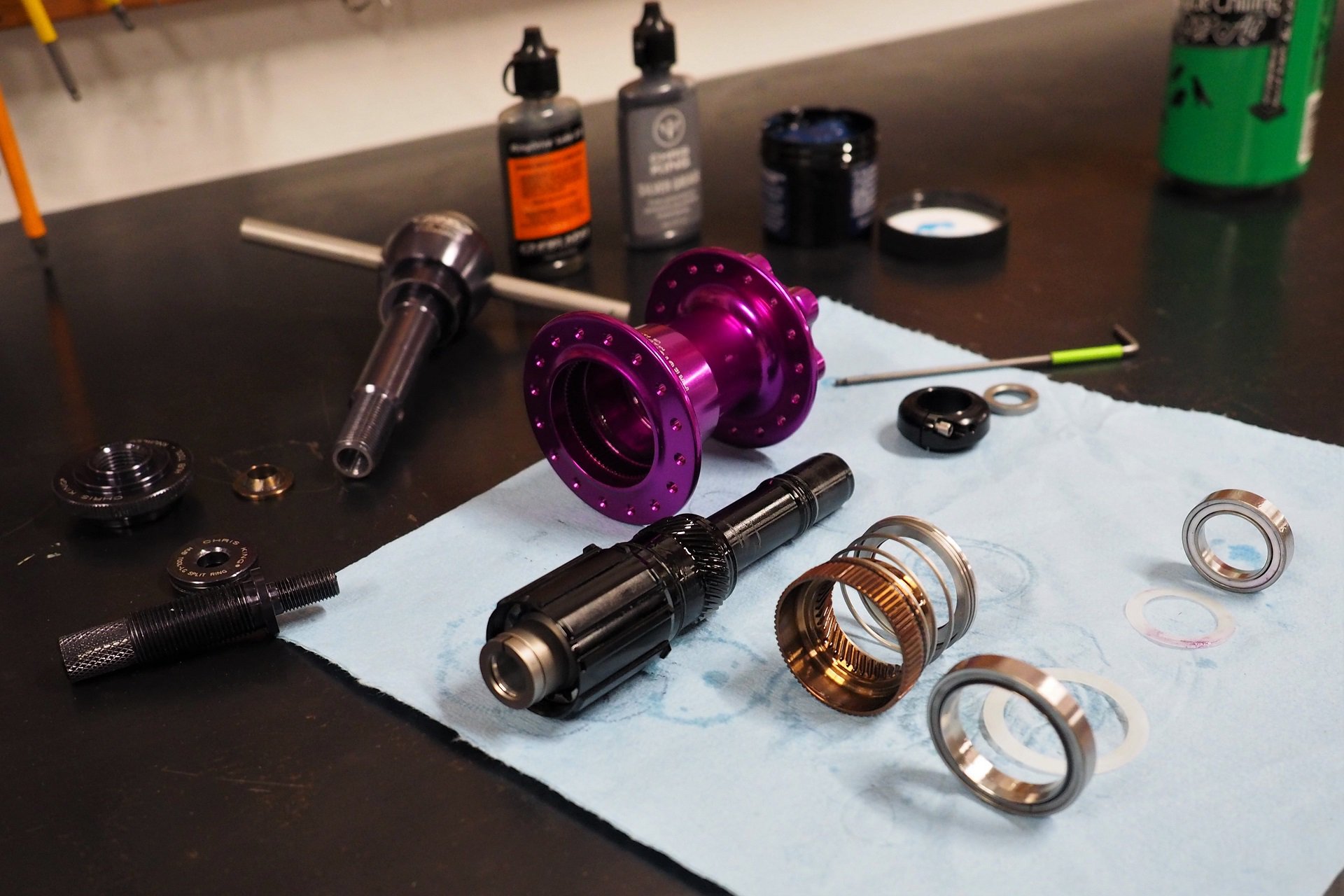Hey, which brand has the best sealed hubs? Chris King, Onyx, DT swiss, Tune (endurance), White Industries, Industry 9, Phil Wood, Hope, etc?
Please share your experience with hubs that keep you doing either little or too much maintenance to keep riding during the winter months. For reference, I'm headed to New England this Fall, but general experiences with other environmental hazards like sand, water, or muck may count as well.
Please share your experience with hubs that keep you doing either little or too much maintenance to keep riding during the winter months. For reference, I'm headed to New England this Fall, but general experiences with other environmental hazards like sand, water, or muck may count as well.





